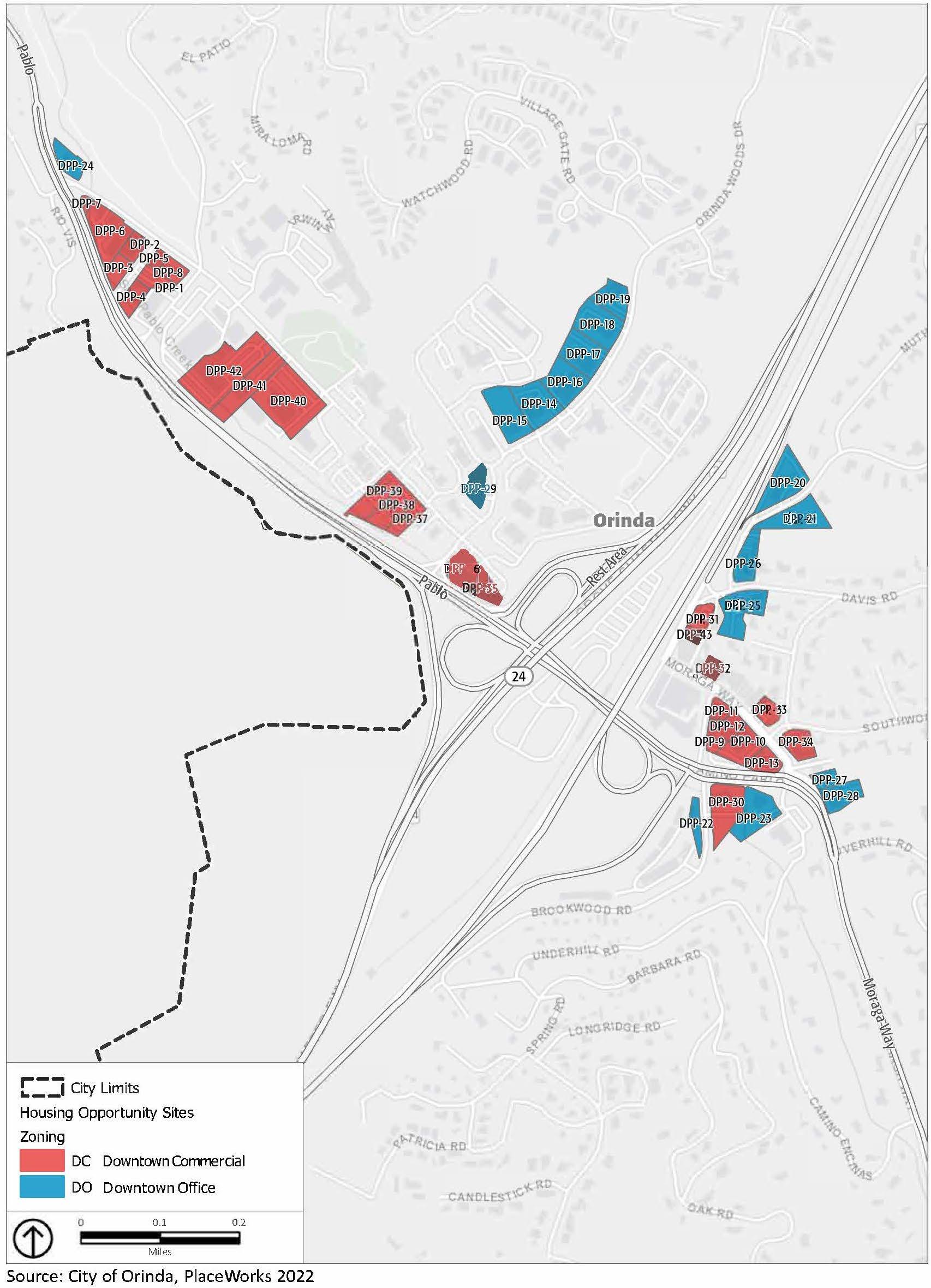
2 minute read
Table 4-30 Energy-Efficiency Measures for New Homes and Home Addition and Rehabilitation Projects
4.10 Energy Conservation and Housing
To the extent energy costs continue to rise, or for other reasons, some homeowners are becoming increasingly interested in energy conservation and efficiency measures to reduce these costs. While the opportunity to use alternative energy sources may be most advantageous in brand new homes, there may also be opportunities to retrofit existing homes with energy-conserving technology, including the use of renewable energy sources. Some of the most readily available and financially feasible measures are described below. These measures are further described in Tables 4-30 and 4-31.
Insulation and Weatherproofing. Most homes in Orinda are over 30 years old. Many of these homes have single-pane windows and uninsulated walls, attics, and roofs. These homes can be insulated, and windows and doors can be replaced or recalked to improve heating and cooling efficiencies and reduce utility bills.
Natural Lighting. Daytime interior lighting costs can be significantly reduced with the use of skylights. Skylights can be installed at a reasonable cost in most existing homes.
Solar Energy. Solar energy may provide a cost-effective way to heat and cool a home and may produce environmental benefits as well. Solar heating and cooling systems are of three general types: passive, active, or a combination thereof. In passive solar systems, the building structure is designed to collect and store the sun’s energy, and then re-radiate the stored heat. Passive buildings typically have a southerly orientation to maximize solar exposure and are constructed with dense materials that have the ability to absorb heat. Active systems convert the sun’s energy into electricity through photovoltaic panels that are either roof or ground mounted. Active systems can also heat water directly. The front-end cost of installing solar panels is typically amortized in 3 to 10 years through lower utility bills.
TABLE 4-30 ENERGY-EFFICIENCY MEASURES FOR NEW HOMES AND HOME ADDITION AND REHABILITATION PROJECTS
Energy-Efficient Equipment Energy-efficient gas ranges with pilotless ignitions Energy-efficient gas built-in surface units with pilotless ignitions Energy-efficient gas built-in ovens with pilotless ignitions Energy-efficient gas water heaters Energy-efficient gas forced air furnaces with pilotless ignitions Energy-efficient gas wall furnaces with automatic thermostats Energy-efficient gas clothes dryers with pilotless ignitions Gas outlets for energy-efficient gas clothes dryers
Energy-Efficient Support Measures Gas heating thermostats with setback capability Clogged filter indicators for gas heating systems Fireplace dampers with exposed handles Heat exchangers in fireplace or freestanding solid fuel units Humidifiers added to gas heating system Flue dampers as integral part of forced air heating system Energy-Efficient Equipment Double-glazed windows and doors Glass area less than 12% of heated space Foam-filled (or equivalent) insulated exterior doors Insulation in attic increased to R-22 or R-30 Insulation in walls increased to R-19 Slab perimeter insulation R-7 or greater Hot water pipe insulation in unheated areas R-19 insulation installed under wood floors
Energy-Efficient Solar and Gas Installations Energy-efficient solar/gas water heating Energy-efficient solar gas space heating Energy-efficient solar/gas pool heating Energy-Efficient Electrical Equipment
Air economizers in conjunction with cooling system Dishwashers with power-saving drying cycles Air conditioning or room units with energy efficiency rating of 9 or more Fluorescent lighting fixtures in kitchen, baths, and recreation rooms
Source: Pacific Gas & Electric, 2022



